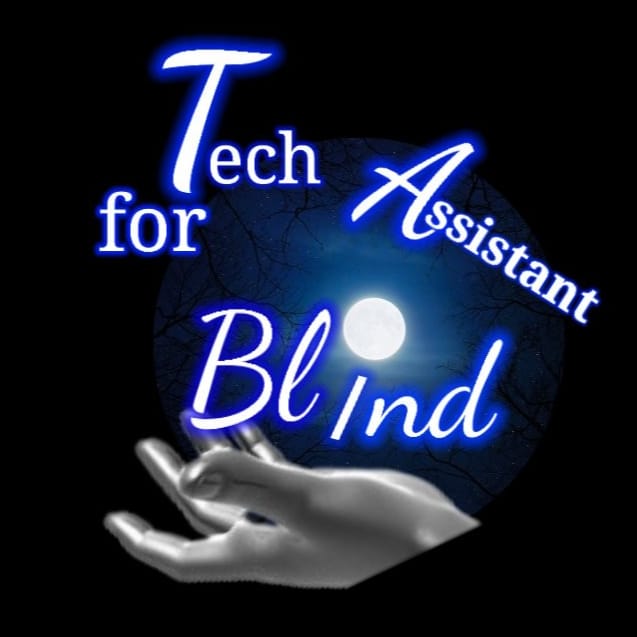Last Updated on
April 29, 2023
Written by
Tech Assistant for blind Team
Windows 10 and 11 have been around for quite some time now, and while many people have become accustomed to their interface and functionality, there are still some hidden features that not everyone may be aware of. These hidden features can improve your productivity and make your overall experience with the operating system smoother. In this article, we will discuss some of the lesser-known features of Windows 10 and 11 that you might not know about.
-
GodMode
GodMode is a hidden feature in Windows that provides access to all of the control panel options in one location. This feature is particularly useful if you need to access a specific setting but cannot find it in the regular settings menu.
To enable GodMode, create a new folder on your desktop and rename it to “GodMode.{ED7BA470-8E54-465E-825C-99712043E01C}”. Once you open the folder, you will have access to all of the control panel options.
-
Quick Assist
Quick Assist is a remote assistance tool that allows you to provide or receive technical support from another person. This feature can be particularly helpful if you need help with your computer but cannot have someone physically present to assist you.
To access Quick Assist, search for it in the Start menu or open the Run dialog box by pressing Windows key + R and type “ms-quickassist” in the box. Then, click on the “Assist another person” button to start a remote assistance session.
-
Windows Timeline
The Windows Timeline feature allows you to view your activity history, including websites you visited, documents you opened, and applications you used, over the past 30 days. This feature can help you quickly access recent files and web pages that you may have closed or lost track of.
To access the Windows Timeline, click on the Task View button on the taskbar or press the Windows key + Tab. Then, click on the “Timeline” button in the top right corner of the screen.
-
Windows Sandbox
Windows Sandbox is a virtualized environment that allows you to run potentially harmful applications or files without affecting your computer. This feature is particularly useful if you need to test an application or file but are unsure if it is safe.
To enable Windows Sandbox, go to Settings > Update & Security > Windows Security > Device Security > Core isolation details > Memory integrity and toggle on the “Memory integrity ” switch. Then, search for Windows Sandbox in the Start menu and click on it to launch the virtualized environment.
-
Voice Typing
Voice Typing allows you to dictate text using your microphone instead of typing on your keyboard. This feature is particularly useful if you have limited mobility or prefer to speak instead of type.
To enable Voice Typing, open any application that allows you to enter text, such as Word or Notepad, and press the Windows key + H. Then, speak your text and watch it appear on the screen.
-
Focus Assist
Focus Assist allows you to minimize distractions on your computer, such as Notifications and alerts, when you need to focus on a task. This feature is particularly useful if you work in a busy or noisy environment and need to concentrate.
To enable Focus Assist, go to Settings > System > Focus assist and select one of the three available modes: Off, Priority only, or Alarms only. You can also customize which apps and contacts can bypass Focus Assist.
- Virtual DesktopsVirtual Desktops allow you to create multiple desktops on your computer, each with its own set of windows and applications. This feature is particularly useful if you are working on multiple projects simultaneously or need to switch between different applications quickly.
To enable Virtual Desktops, click on the Task View button on the taskbar or press the Windows key + Tab. Then, click on the “New Desktop” button in the top left corner of the screen. You can switch between virtual desktops by using the keyboard shortcut Windows key + Ctrl + left arrow or right arrow.
- Clipboard HistoryThe Clipboard History feature allows you to view and manage items you have copied and pasted from your computer. This feature is particularly useful if you frequently copy and paste text or images.
To enable Clipboard History, go to Settings > System > Clipboard and toggle on the “Clipboard history” switch. Once enabled, you can access your Clipboard History by pressing the Windows key + V.
- Night LightThe Night Light feature reduces blue light emissions from your computer, which can help reduce eye strain and improve your sleep quality. This feature is particularly useful if you frequently use your computer at night or in low-light conditions.
To enable Night Light, go to Settings > System > Display and toggle on the “Night light” switch. You can adjust the color temperature and schedule when Night Light turns on and off.
- Storage SenseStorage Sense allows you to automatically free up space on your computer by deleting temporary files and old versions of Windows updates. This feature is particularly useful if you have limited storage space or want to keep your computer running smoothly.
To enable Storage Sense, go to Settings > System > Storage and toggle on the “Storage Sense” switch. You can also customize how often temporary files are deleted and which files are included in the cleanup.
In conclusion, Windows 10 and 11 have many hidden features that can improve your productivity and enhance your overall experience with the operating system. By taking advantage of these features, you can work more efficiently, reduce eye strain, minimize distractions, and keep your computer running smoothly. So, go ahead and try out these lesser-known features to see how they can benefit you.

